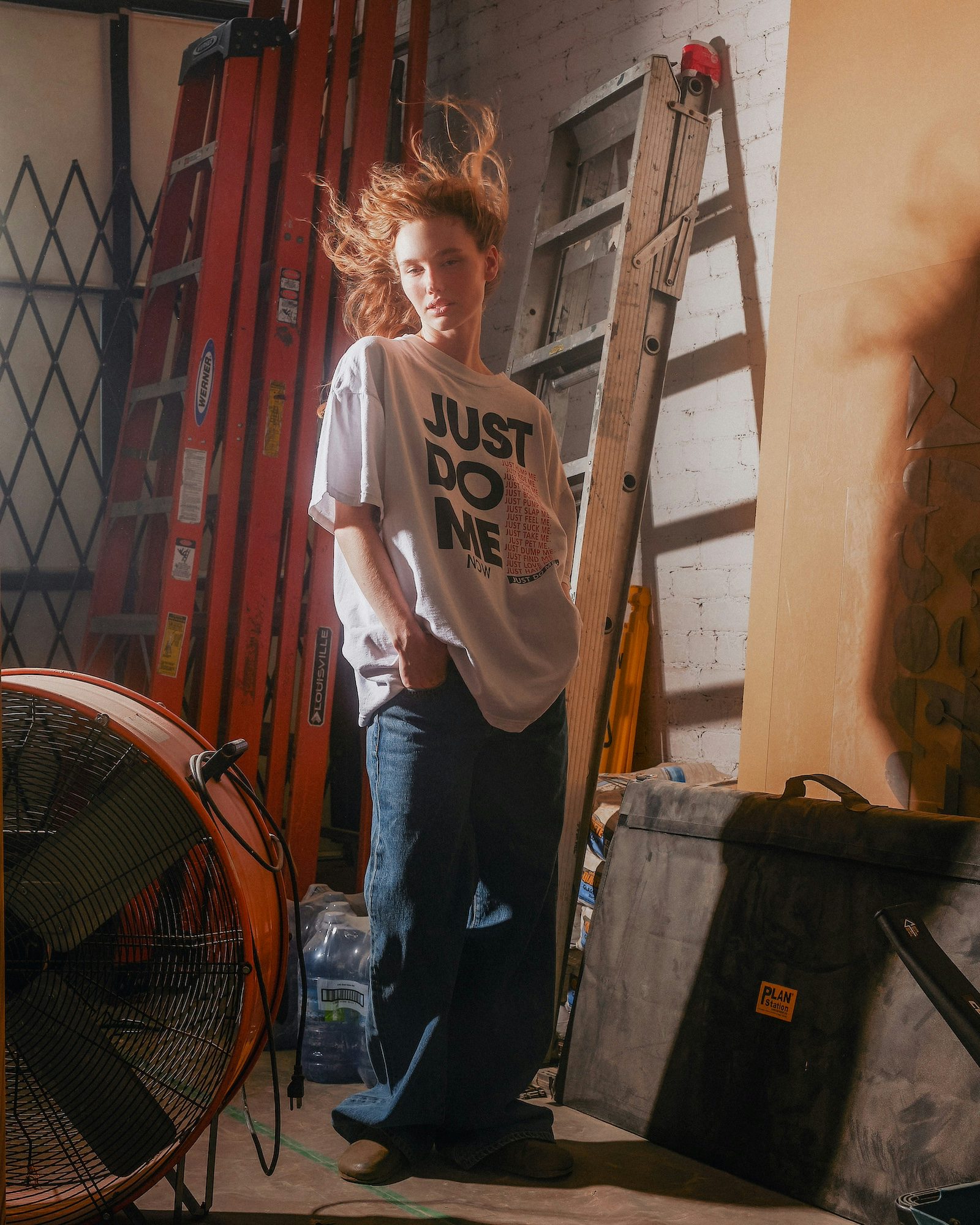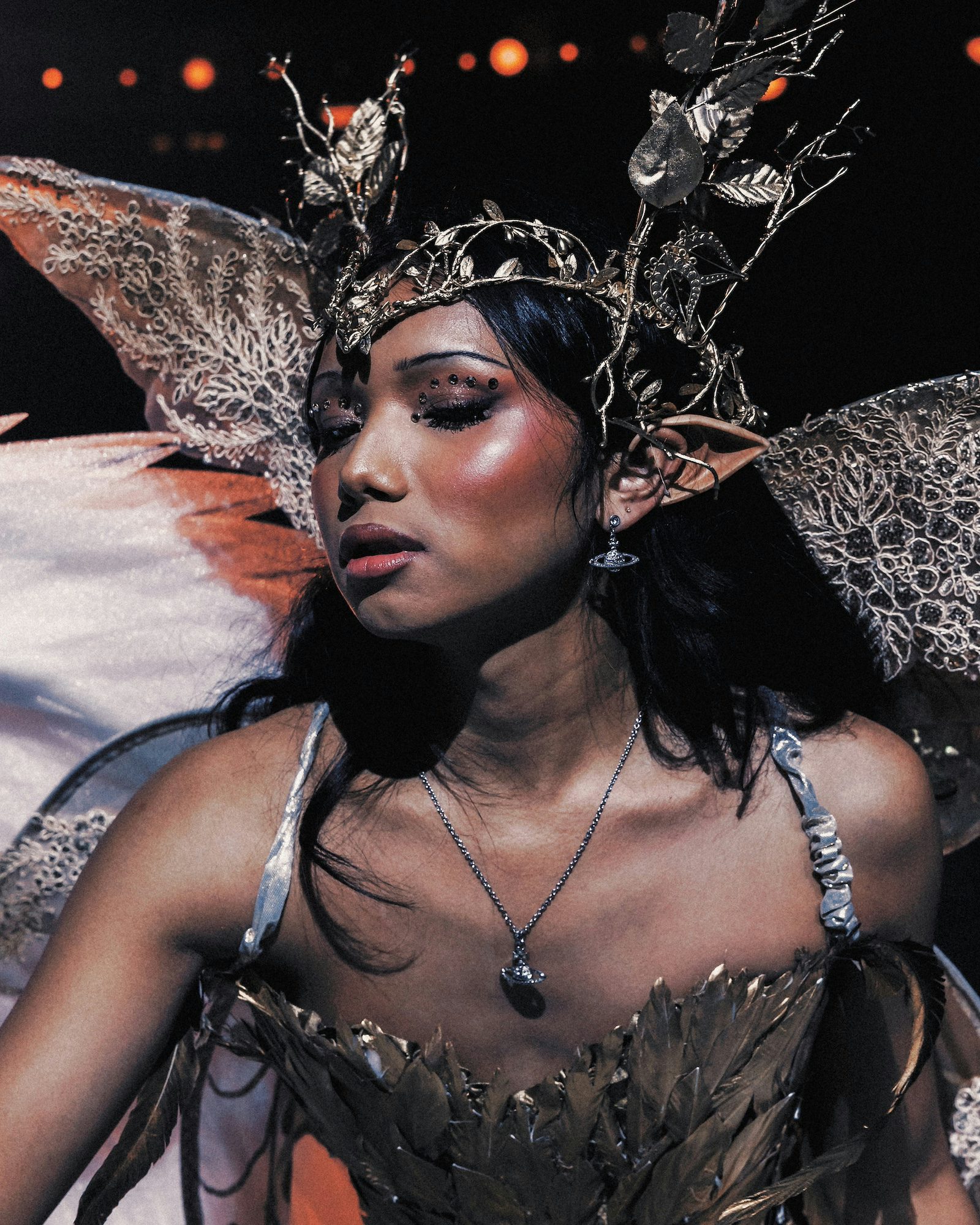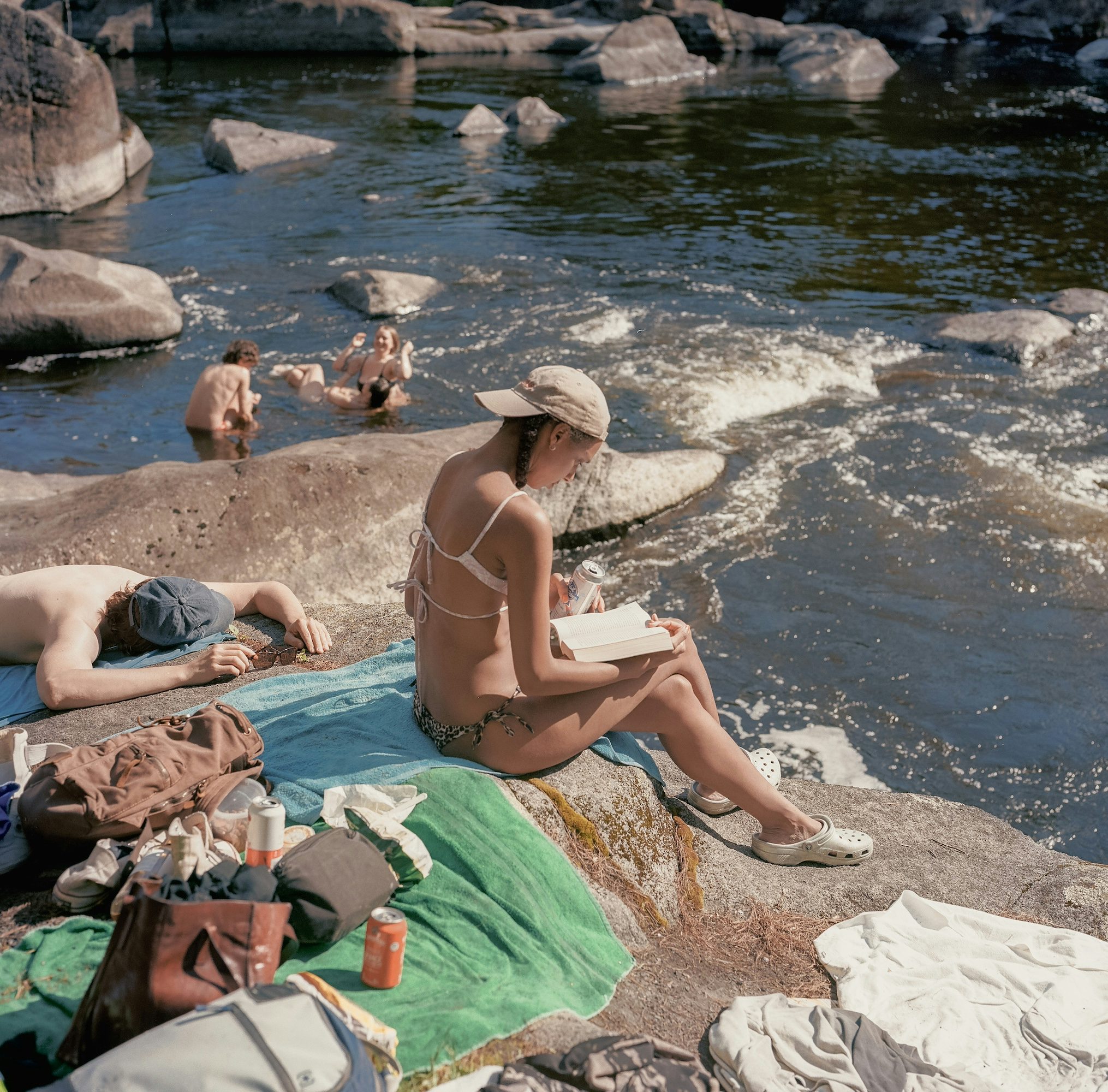Exposure: Kirk Lisaj
The Canadian photographer’s work is rooted in the queer nightlife scene in Toronto, from club nights to its ballroom culture, but he is now branching out into other arenas
Kirk Lisaj is an ardent observer of Toronto’s thriving queer nightlife. From close-up portraits to expansive crowd captures, his images evoke the joy and desire of post-pandemic hedonism. Bodies move in rhythm, entangled in ecstasy, relentless in their search for release.
Building on the visual legacy of artists including Wolfgang Tillmans and Elle Perez, Lisaj (who is based between Toronto and Montreal) explores how the queer dance floor is shaping his generation, offering them a conduit for self-expression, identity formation and community building. What makes the viewer look twice at Lisaj’s soulful work is that he doesn’t just celebrate the familiar elements of club culture but hones in on the emotional minutiae of the experience in revealing and unexpected ways.
Lisaj’s approach to nightlife is broad in scope, from documenting free parties and club nights to the inimitable Toronto ballroom scene. What makes Toronto so vibrant for the imagemaker is that people show up to be seen, in contrast to the Berlin and New York scenes, which favour a more nonchalant anonymity.



“People turn it out,” remarks Lisaj. “It’s all performance and extravagant outfits, which makes it an interesting opportunity photographically as people want to be photographed.” While the city has a bustling queer community, Lisaj describes it as constantly in flux. “Toronto is very transient; people tend to make a name for themselves and leave. It’s also very business-oriented with a limited creative scene, so kids turn to the nightlife as an outlet to express themselves.”
In 1990, Jennie Livingston’s Paris Is Burning, a documentary tracing New York’s African-American and Latino underground LGBTQ ballroom culture, brought this vibrant subculture into the mainstream. Since then, the ballroom has been commodified by everyone from Madonna to HBO. Despite the exposure, the scene continues to thrive not just in the clubbing meccas of New York and Paris but in cities like Toronto, where backers attempt to make their balls a must-attend event on the circuit.
“The ballroom scene here is extravagant,” explains Lisaj, who has been documenting the scene for the last two years. “It has huge production values. The World AIDS Day ball is thrown in a huge venue, and important icons and legends from New York come to host and walk it. It nourishes itself to some degree because the ball has significant prizes and incentivises people from around the world to show up with really extravagant looks. It’s very unique in that way.”



Earlier this year, Lisaj published his first photobook, Again and Now Faster, in collaboration with Pomegranate Press. The book charts the last five years of his photographic journey, juxtaposing nightlife with more introverted daytime captures of nature and animals from the artist’s long photo walks.
It’s in this contrast that we see Lisaj’s visual language coalesce. His signature cool tones meet a careful balance of soft and hard lighting, uniting every frame with an alluring aura. As an object, the book is ripe with emotional contrasts, too; exuberance collides with introversion, and the radical meets the reflective, honouring the macro and micro details of life.
Lisaj never planned on a career in photography; five years ago, he was training to be a social worker, a discipline that still informs his approach to image-making. “I’m very perceptive about people’s energies, individual quirks and the subtle nuances of emotions in ourselves and others,” he explains. “I want to get to know people. I want people to express how they want to be perceived, and I’m excited to interpret people.” Photography is more than a career for Lisaj; it’s a social practice. One that offers him a prism to strangers and society in order to grapple with the human condition.



After collaborations with Dazed, Ssense, Office and Paper, and some remarkable celebrity portraiture – particularly his seductive collaboration with Julia Fox – Lisaj is now taking on more news and documentary storytelling assignments. He recently shot a story for the Wall Street Journal about the failures of ecstasy drug trials and the impact of cannabis tourism in Toronto for Bloomberg Businessweek.
These assignments illustrate there is much more to come from Lisaj, whose sensitive and flexible approach could be applied to endless sectors. While nightlife might be the current lifeblood of his practice, he won’t let it define him. “At its core,” Lisaj says, “photography, for me, is about connecting with people and processing emotions, whatever the story.”




